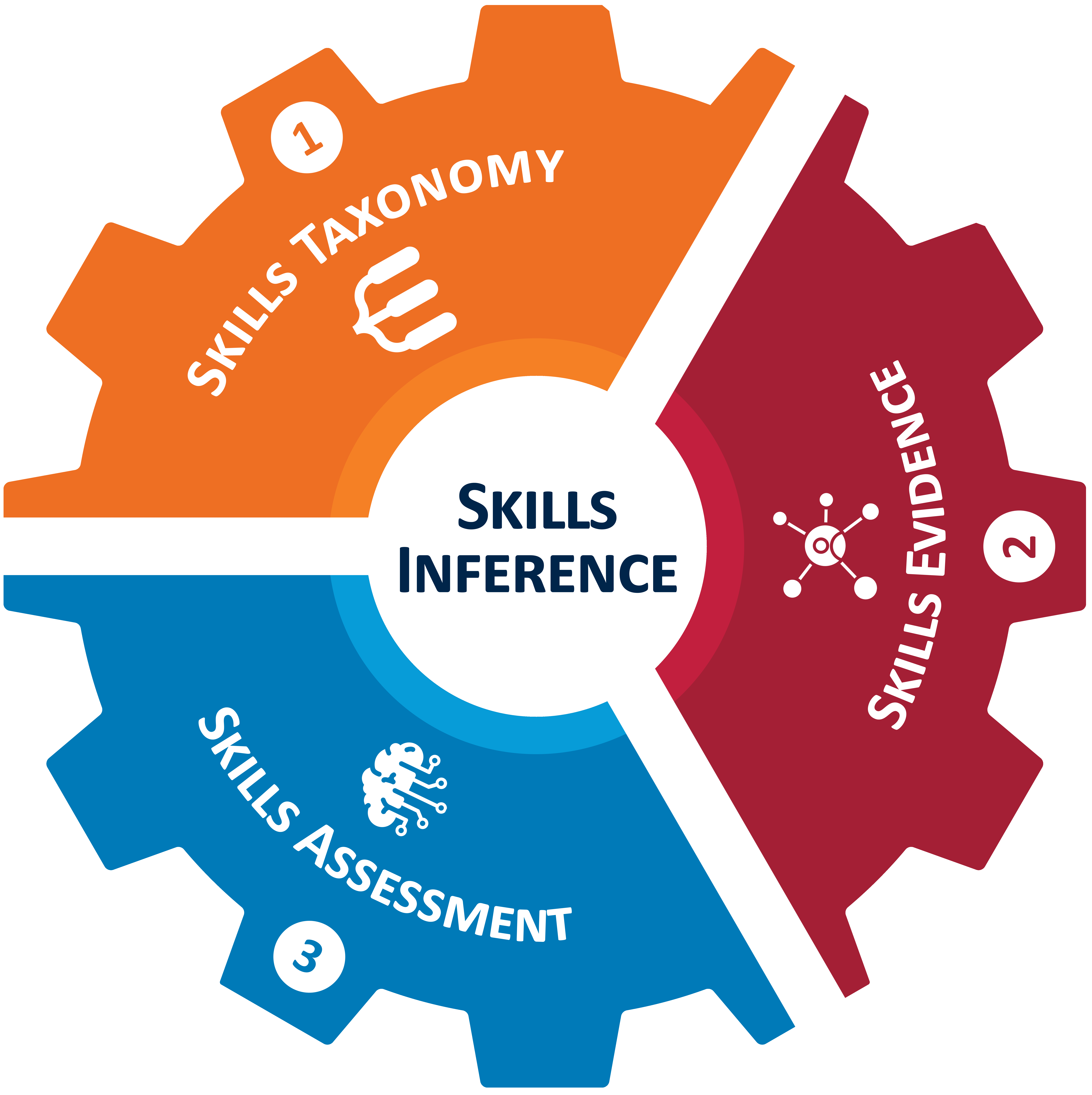Digital transformation is a continuous journey, with new technologies emerging on an ongoing basis. Yet for organizations to harness these technologies, their workforce needs to develop an increasingly expanding variety of skills. Many organizations struggle here: leaders responding to a 2022 MIT CISR survey[foot]MIT CISR 2022 Decision Rights for the Digital Era Survey (N=342).[/foot] estimated that on average 38 percent of their organization’s workforce required fundamental retraining or replacement within three years to address workforce skills gaps.[foot]Workforce skills gaps are the discrepancy between the collective skills proficiency that an organization requires to achieve its strategic objectives and the current skills proficiency of its workforce.[/foot]
To make evidence-based decisions on how to best resolve such skills gaps, however, organizations first need to move beyond estimates. What’s required is precise insight into their workforce’s current skills and how proficiency in these skills differs from that needed for future success. Functional competency models often fall short in this regard, as they need to be validated for each job and thus can’t keep pace with rapid technological change. Relying on employee or manager feedback from interviews and surveys may lead to inaccuracies because of inherent biases. And active assessment of an entire workforce across a wide range of skills is both impractical and costly.
Artificial intelligence (AI) offers a new and scalable alternative to such approaches by enabling skills inference, which we define as the process of analyzing employee data to quantify skills proficiency. This allows for detailed insight into workforce skills gaps, which can, for instance, be broken down by line of business and geography. In this briefing we explore the AI-powered skills inference process, and illustrate how resulting insights can help resolve workforce skills gaps by drawing on lessons learned from a case study of global healthcare company Johnson & Johnson (J&J).










